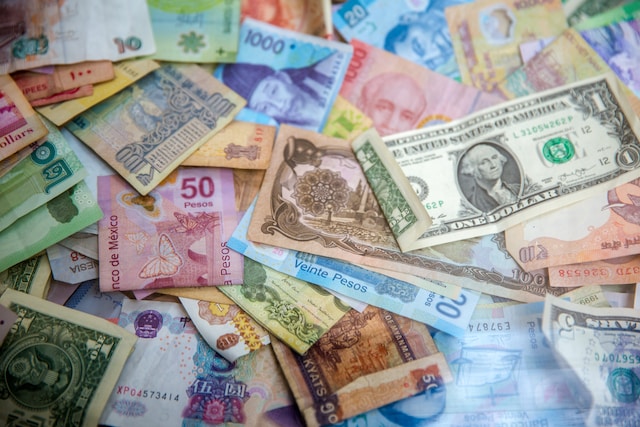The Role of Art in Diversifying Investment Portfolios

In the ever-changing landscape of investment strategies, diversification has long been heralded as a key principle for mitigating risk and maximizing returns. Traditionally, investors have diversified their portfolios across asset classes such as stocks, bonds, and real estate. However, in recent years, there has been a growing recognition of the role that alternative assets, such as art, can play in diversifying investment portfolios.
Art has been a cherished form of human expression for centuries
Art has been a cherished form of human expression for centuries, captivating audiences with its beauty, cultural significance, and emotional resonance. Beyond its aesthetic value, art has also emerged as a viable asset class. With the potential to generate substantial returns for investors. As a result, an increasing number of investors are incorporating art into their investment portfolios as a means of diversification.
One of the primary benefits of investing in art is its low correlation with traditional financial markets. Unlike stocks and bonds, which are often subject to the ebbs and flows of economic cycles and market sentiment. The value of art tends to be driven by different factors. Art prices are influenced by factors such as artistic merit, historical significance, rarity, and the reputation of the artist. As a result, art prices may not necessarily move in tandem with broader market trends. Making art a valuable diversification tool for investors seeking to reduce portfolio volatility.
Moreover, investing in art offers the potential for attractive returns over the long term. While past performance is not indicative of future results, historical data suggests that certain segments of the art market have delivered impressive returns for investors. For example, the Mei Moses Fine Art Index, which tracks the performance of the global art market, has shown average annual returns of around 5-6% over the past several decades. Additionally, high-profile art auctions regularly attract record-breaking prices for masterpieces by renowned artists, further highlighting the potential for significant capital appreciation in the art market.
Owning art allows investors to appreciate beauty
Investing in art provides investors with the opportunity to participate in cultural enrichment and creativity. Unlike other asset classes, art offers intangible benefits that go beyond financial returns. Owning art allows investors to appreciate the beauty and cultural significance of the pieces they acquire, fostering a deeper connection to the artworks and the artists who created them.
However, it’s essential for investors to approach art investment with careful consideration and due diligence. The art market can be opaque and subject to fluctuations driven by factors such as changing tastes, market sentiment, and geopolitical events. Additionally, investing in art requires expertise in evaluating the quality, authenticity, and provenance of artworks, as well as an understanding of the dynamics of the art market.
Moreover, investing in art involves costs such as acquisition fees, insurance, storage, and maintenance, which can impact overall returns. As such, investors should assess their risk tolerance, investment goals, and time horizon before allocating capital to art.
In conclusion, the role of art in diversifying investment portfolios is becoming increasingly recognized by investors seeking to enhance their risk-adjusted returns and explore alternative asset classes. With its low correlation to traditional financial markets, potential for attractive long-term returns, and intangible benefits, art offers a compelling option for investors looking to diversify their portfolios and engage with the vibrant world of art and culture. However, investors should exercise caution and conduct thorough research before venturing into the art market to ensure they make informed investment decisions.




